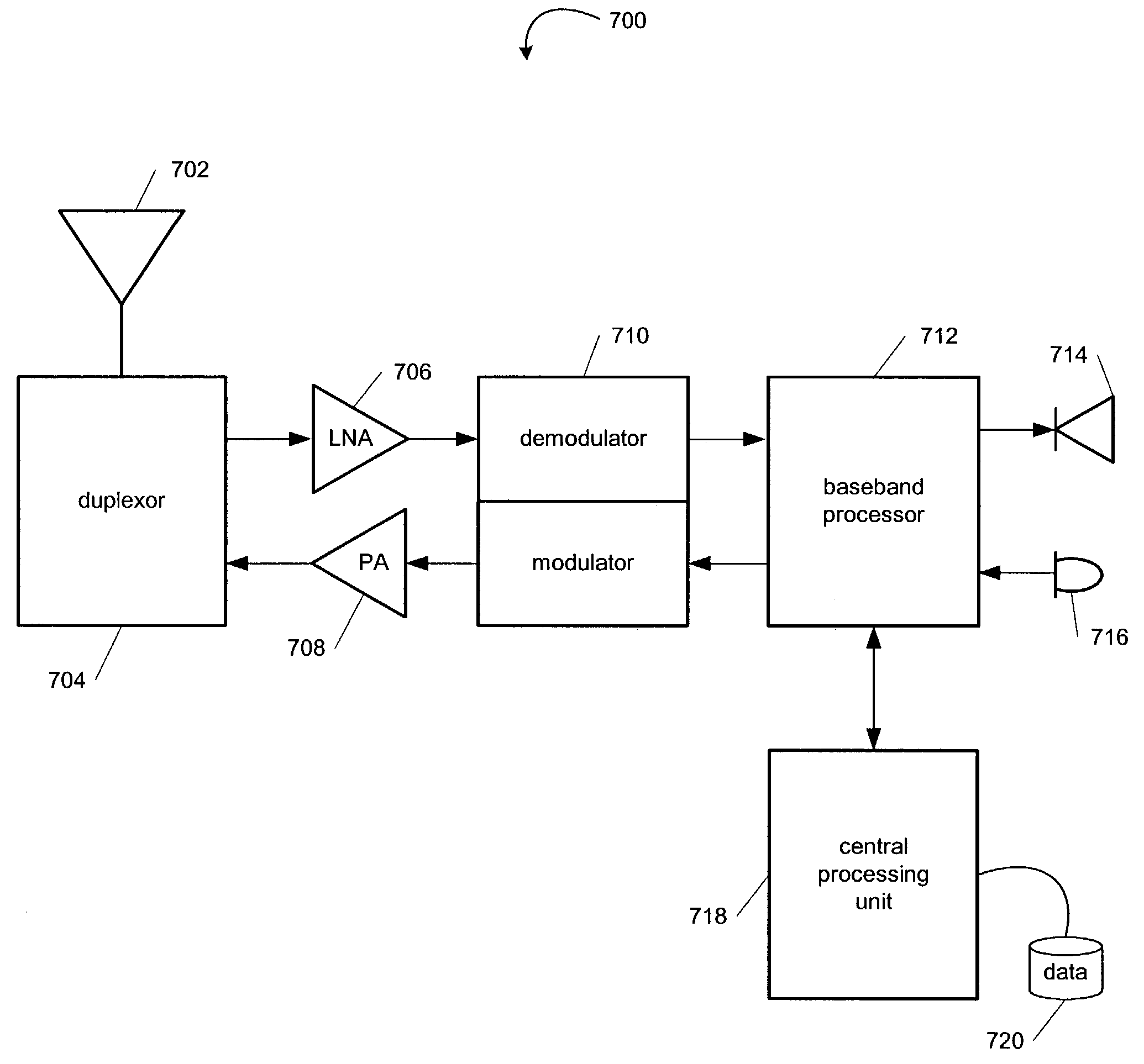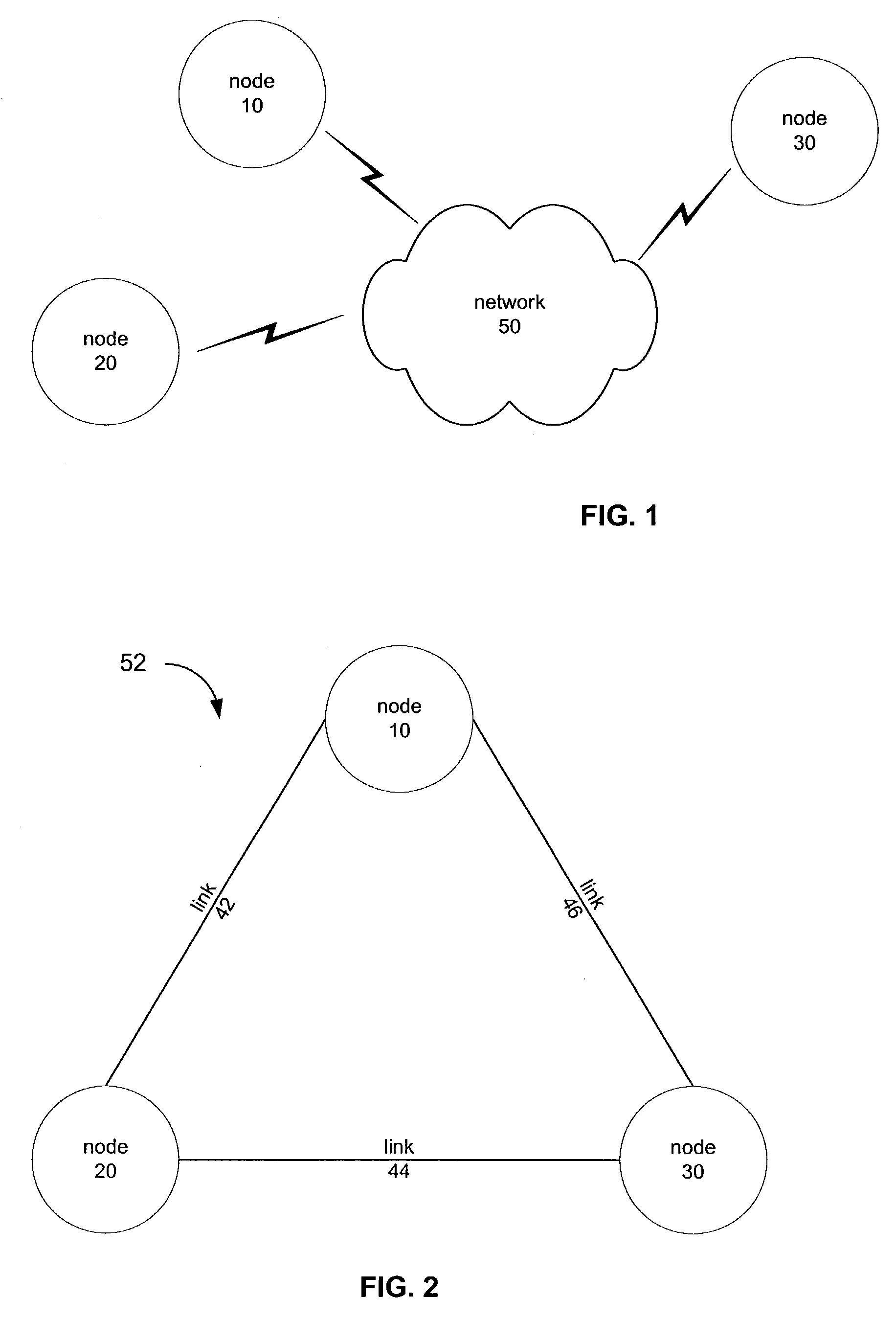System and method for identifying nodes in a wireless mesh network
a wireless mesh network and wireless network technology, applied in the field of wireless mesh network system and method, can solve the problems of difficult and laborious to locate trouble spots, difficult to deploy, diagnose and repair, and very error-prone networks, and achieve robust and simplified solutions, avoid circular dependency on routing tables, and quickly find connectivity problems
- Summary
- Abstract
- Description
- Claims
- Application Information
AI Technical Summary
Benefits of technology
Problems solved by technology
Method used
Image
Examples
Embodiment Construction
[0028]Certain embodiments as disclosed herein provide for systems and methods for implementing a boundary scan test in a wired or wireless network. For example, one method as disclosed herein allows for a test station on a network to create a medium access control (“MAC”) layer scan test route sequence using a depth first search technique and then spawn a test agent that traverses the links in the scan test route sequence and reports back to the test station information pertaining to the vanous links in the scan test route sequence.
[0029]After reading this description it will become apparent to one skilled in the art how to implement the invention in various alternative embodiments and alternative applications. However, although various embodiments of the present invention will be described herein, it is understood that these embodiments are presented by way of example only, and not limitation. As such, this detailed description of various alternative embodiments should not be const...
PUM
 Login to View More
Login to View More Abstract
Description
Claims
Application Information
 Login to View More
Login to View More - R&D
- Intellectual Property
- Life Sciences
- Materials
- Tech Scout
- Unparalleled Data Quality
- Higher Quality Content
- 60% Fewer Hallucinations
Browse by: Latest US Patents, China's latest patents, Technical Efficacy Thesaurus, Application Domain, Technology Topic, Popular Technical Reports.
© 2025 PatSnap. All rights reserved.Legal|Privacy policy|Modern Slavery Act Transparency Statement|Sitemap|About US| Contact US: help@patsnap.com



